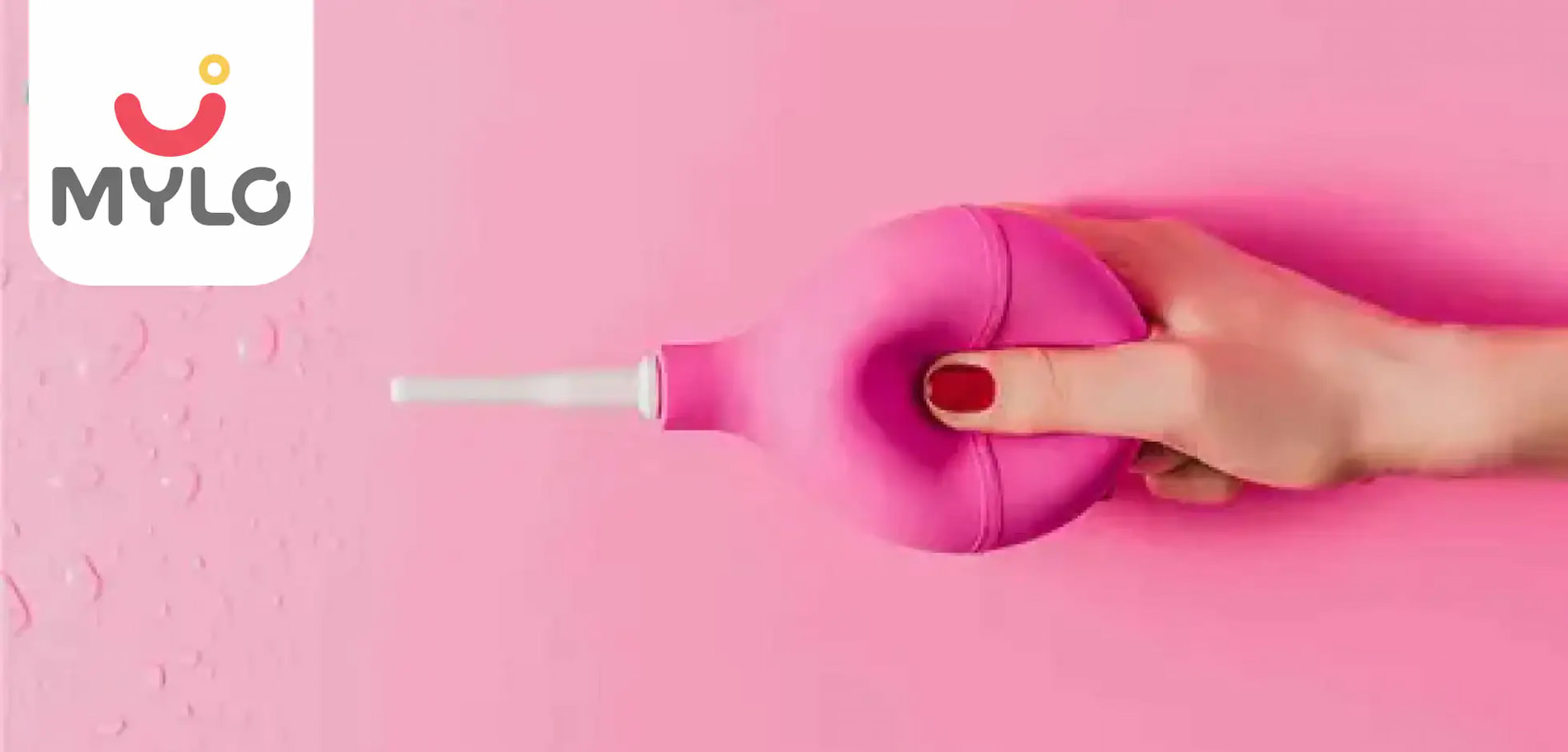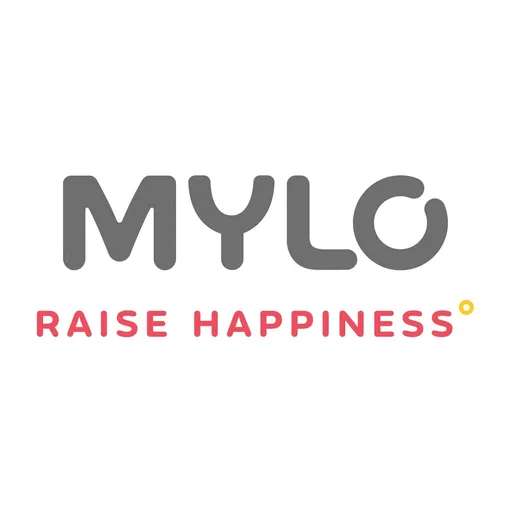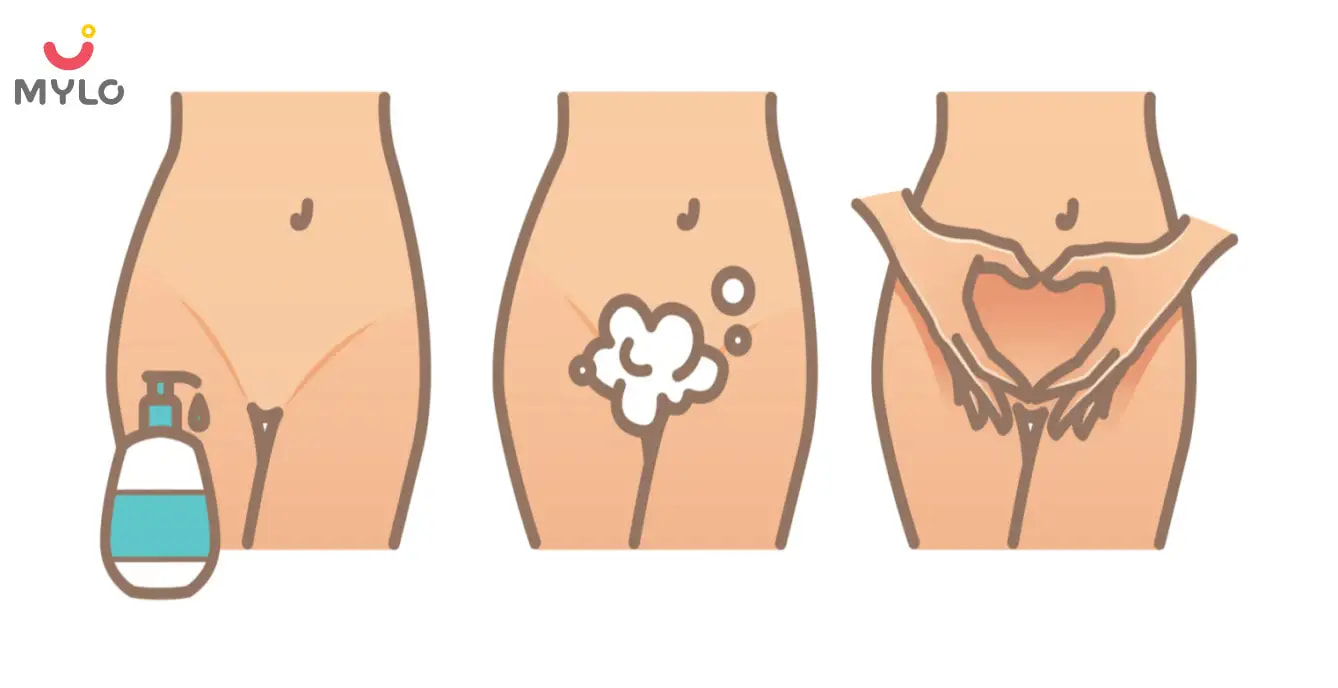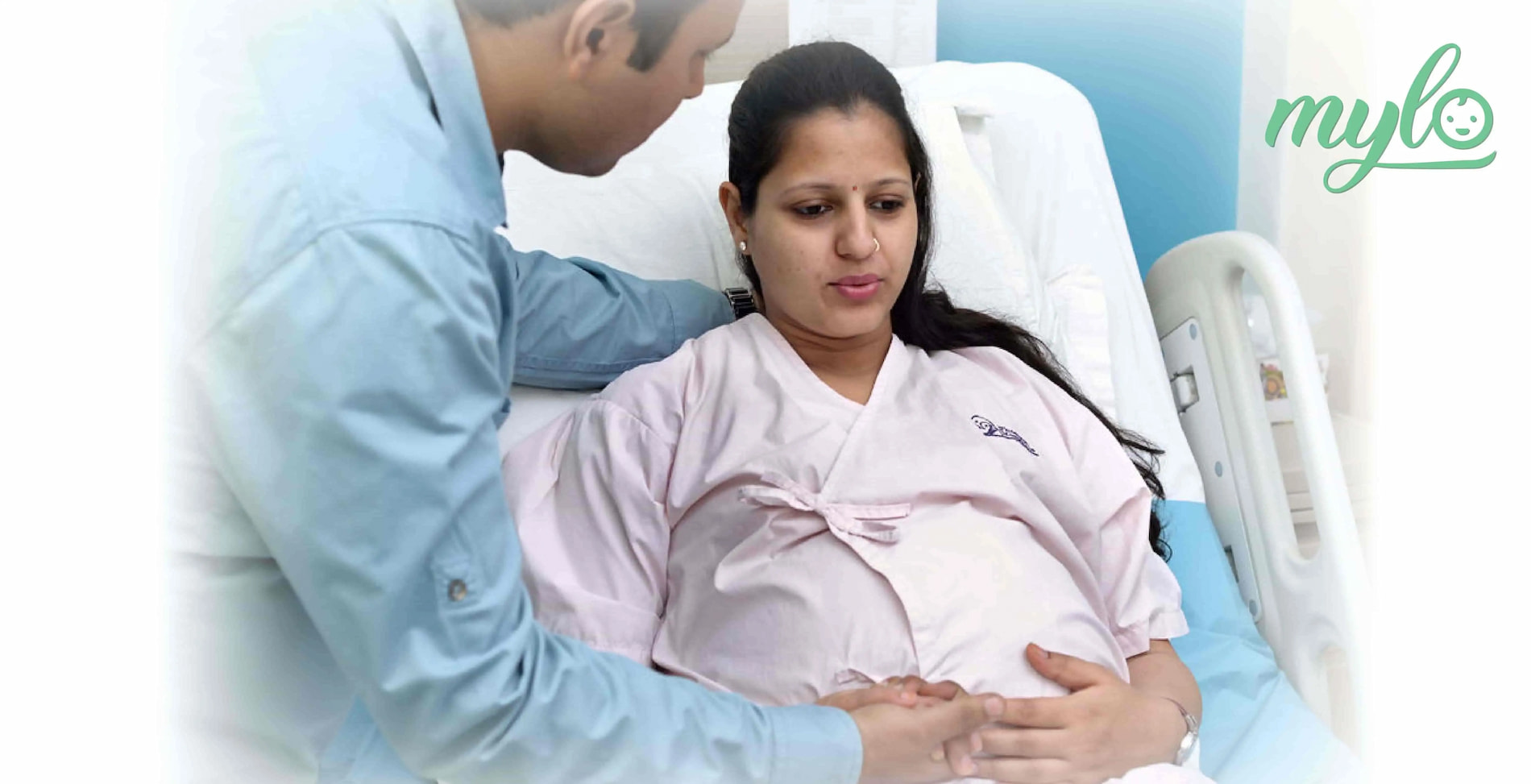Home

Labour & Delivery

Why Is Enema Given During Pregnancy? Is It Given to Everyone in Labor or to Some Specific Women?
In this Article

Labour & Delivery
Why Is Enema Given During Pregnancy? Is It Given to Everyone in Labor or to Some Specific Women?
Updated on 3 November 2023



Medically Reviewed by
Dr. Ritu S Santwani
Infertility treatment, Cosmetology, Recurrent abortion treatment, Menopause, Hysteroscopy & colposcopy, PCOS/PCOD, Sexual health - M.D (Obst & Gynaec)| FICOG, FIAOG, AMRCOG, ART-Singapore
View Profile

Until recently, every midwife who came to the hospital was given an enema. Today, this cleansing procedure is not performed in all medical institutions. There are different opinions about its necessity. However, most expectant mothers and doctors believe that an enema during labor and delivery is necessary. It is usually done in a maternity hospital. However, a woman can clean herself at home. How to make an enema before childbirth?
Why do you need this procedure?
During natural childbirth, a woman's intestines are constantly under pressure. Abdominal muscles are taut during exertion. During the expulsion of the fetus, the intestines are emptied. If there are dense faecal masses, they will become a kind of barrier to the path of the fetus, which will move through the pelvic area.
In addition to cleansing the intestines, an enema before childbirth tones the vagina and increases uterine contractions. Maternity activity is activated.
After the enema, an important psychological factor, the woman in labor can calmly and not afraid to be "ashamed" in front of the medical staff.
It was previously thought that a newborn’s contact with the mother's faeces could endanger his health. But many doctors pay attention to the fact that bowel movements occur at the stage of attempts. Therefore, compliance with hygiene standards will protect against faeces on the child.
Some mothers have painful stitches after childbirth. They make it difficult to visit the toilet. After an enema, women may not need to empty their bowels for 1-2 days. This will make it easier for her for the first few days after birth.
Be sure to give an enema during labor to expectant mothers who suffer from constipation. In this case, bowel cleansing attempts can lead to severe consequences.
When to do an enema before childbirth?
A pregnant woman should ask her gynaecologist if she needs an enema before childbirth. It is better to determine whether this procedure is performed in the maternity hospital where the expectant mother is going to give birth.
If you decide to put an enema at home, you need to know when it is best to do this procedure. It is recommended to do it at the beginning of contractions or immediately after removing the plug.
What is needed for an enema?
Prepare everything for the enema procedure during labor in advance. Buy a bowl of Esmarch - a rubber tank with a capacity of 1.5 - 2 litres with a thin tip. Also, take Vaseline or baby cream. If you plan to do an enema lying down, find a comfortable flat surface, and prepare an oilcloth and sheets.
Enema requires a water temperature of +35 - 37 ° C. For a milder cleansing, you can add 150 to 200 ml of chamomile infusion to the water. To prepare it, a tablespoon of dried flowers of the plant pour 200 ml of boiling water. Infuse for 20 minutes, then strain.
When making an enema before childbirth, sometimes a little salt is added to the water, carefully dissolving it. Salt water promotes a more complete bowel movement.
Why do an enema before childbirth?
Firstly, there is no harm from an enema. You will not harm either the child or yourself. The straining period is the only restriction when an enema during childbirth is contraindicated. If you did not have time to cleanse the intestines during contractions for some reason, it would be pointless to demand an enema during attempts - no one will even listen to you since it will no longer be possible to do so it.
Secondly, it is impossible to argue that women are angelically beautiful creatures. This is a fact. That is why it is better to prevent possible embarrassment during childbirth - to make an enema. Indeed, in 100% of cases, the intestines are emptied during delivery involuntarily. You definitely cannot restrain it. In addition, quite many pregnant women in the third trimester suffer from constipation, in which case an enema is simply necessary. Although they say that this is natural and midwives see this almost every day, it will still be more pleasant for everyone when the birth occurs without surprises.
Thirdly, there is also a significant plus from conducting a cleansing enema from the side of physiology. An empty intestine has a tonic effect on the pregnant uterus. Contractions immediately after the enema are greatly intensified, and childbirth proceeds more actively.
Fourthly, after you give birth to a baby, the first days after childbirth can even be scary to think about how to go to the toilet in a big way. After all, very often during delivery, an episiotomy is done, after which the incision in the perineum is sutured. In this case, both physically and mentally, it will be pleasant to feel an empty intestine and be able not to think about the toilet for at least the first few days after childbirth.
Enema is done in the following sequence:
- Fill the Esmarch bowl with water.
- Lubricate the tip with baby cream or Vaseline.
- Place the Esmarch bowl at the height of 1 - 1.5 m above the surface on which the pregnant woman is.
- To release the air, a little water is removed from the bowl.
- The tip of the Esmarch bowl is easily inserted into the anus. If the woman does not feel the water moving, you should change the direction of the tip. During the procedure, the expectant mother should be as relaxed as possible.
- After emptying the bowl, carefully remove the tip.
Immediately after the enema, you can go to the toilet. All water with faecal masses should come out of the intestines. This will give you a feeling of complete relief.
Is it given to everyone in labor or some specific women?
However, an enema may be recommended under the following circumstances.
- Before giving birth, the woman did not go to the toilet "for the most part."
- Throughout the pregnancy or recently, the woman suffered from severe constipation.
- If there is no labor activity, the doctor or midwife may suggest giving an enema to stimulate the abdominal muscles and try to "start" the contraction of the uterus in this way.
- If you have a caesarean section.
- If there is a risk of intestinal obstruction
Is it possible to do without an enema before childbirth? Is it possible to do without an enema?
Micro clysters are sometimes used as an alternative to the procedure. These are medicines that can be bought in pharmacies. They are available in small tubes that are easy to use. The effect is felt immediately after introducing the contents of the tube into the rectum.
Some expectant mothers use rectal laxative suppositories. They usually contain glycerine. The candle should be inserted into the anus, lying on his side with his knees bent. In 10 - 15 minutes you can go to the toilet.
A doctor should prescribe medicines. Many of them have side effects and contraindications.
Whether an enema is needed before childbirth is usually asked by women who are preparing to become a mother for the first time. Most women who have already given birth clean their bowels before giving birth. This will save you from some problems and make the birth process more comfortable.
Five tips to decide for or against an enema
And although the practice of cleansing the contents of the intestine exists in most maternity hospitals, you can always refuse this procedure. Before making a decision, think about the following:
- In childbirth, it is important to feel calm, confident and listen to the doctor. If you worry all the time, no matter how something happens, then this will interfere with you, especially in the third stage, when, from excitement, you can start to push incorrectly. If this bothers you, it may be best to take an enema.
- Even if the enema was done, the remnants of the intestine's contents still leak during the attempts. But do not worry, the doctor and midwife will immediately wipe everything, and everything will be clean. Even if you did not do an enema, and something happened that should happen, then there is no need to worry. For cleansing, there are all means in the delivery room.
- Before making any decision, it is best to discuss this issue with your doctor before giving birth.
- If you have already started muscular contractions, no one will give you an enema - you should not be afraid of this.
- Enemas can also be done at home if you know you still have time. But you need to prepare for the procedure in advance so as not to fuss and not worry at a crucial moment.
Conclusion
Now you have a basic idea of why are enemas given during labor. An enema before childbirth is an optional and desirable procedure. To a greater extent, its necessity is dictated by hygiene standards. Equally right are those who do the enema and those who refuse it since there are certain advantages in both cases. Therefore, every pregnant woman must decide which option is more acceptable and desirable for her.
References
- Kim, E.S; Chaun, H; Seo, Y.S. et al. (2014). Coffee Enema for Preparation for Small Bowel Video Capsule Endoscopy: A Pilot Study. www.researchgate.net





Medically Reviewed by
Dr. Ritu S Santwani
Infertility treatment, Cosmetology, Recurrent abortion treatment, Menopause, Hysteroscopy & colposcopy, PCOS/PCOD, Sexual health - M.D (Obst & Gynaec)| FICOG, FIAOG, AMRCOG, ART-Singapore
View Profile


Written by
Mylo Editor
Official account of Mylo Editor
Read MoreGet baby's diet chart, and growth tips

Related Articles
Related Topics
RECENTLY PUBLISHED ARTICLES
our most recent articles

Diet & Nutrition
গর্ভাবস্থায় আলুবোখরা: উপকারিতা ও ঝুঁকি | Prunes During Pregnancy: Benefits & Risks in Bengali

Diet & Nutrition
গর্ভাবস্থায় হিং | ঝুঁকি, সুবিধা এবং অন্যান্য চিকিৎসা | Hing During Pregnancy | Risks, Benefits & Other Treatments in Bengali

Women Specific Issues
স্তনের উপর সাদা দাগ: লক্ষণ, কারণ এবং চিকিৎসা | White Spots on Nipple: Causes, Symptoms, and Treatments in Bengali

Diet & Nutrition
গর্ভাবস্থায় পোহা: উপকারিতা, ধরণ এবং রেসিপি | Poha During Pregnancy: Benefits, Types & Recipes in Bengali

Diet & Nutrition
গর্ভাবস্থায় মাছ: উপকারিতা এবং ঝুঁকি | Fish In Pregnancy: Benefits and Risks in Bengali

Diet & Nutrition
গর্ভাবস্থায় রেড ওয়াইন: পার্শ্ব প্রতিক্রিয়া এবং নির্দেশিকা | Red Wine During Pregnancy: Side Effects & Guidelines in Bengali
- ইনার থাই চ্যাফিং: কারণ, উপসর্গ এবং চিকিৎসা | Inner Thigh Chafing: Causes, Symptoms & Treatment in Bengali
- গর্ভাবস্থায় ব্রাউন রাইস: উপকারিতা ও সতর্কতা | Brown Rice During Pregnancy: Benefits & Precautions in Bengali
- Velamentous Cord Insertion - Precautions, Results & Safety
- Unlock the Secret to Flawless Skin: 7 Must-Have Qualities in a Face Serum
- Unlock the Secret to Radiant Skin: How Vitamin C Serum Can Transform Your Complexion
- Gender No Bar: 10 Reasons Why Everyone Needs a Body Lotion
- Unlock the Secret to Radiant Skin How to Choose the Perfect Body Lotion for Your Skin Type
- Top 10 Reasons to Apply a Body Lotion After Every Bath
- Communication in Toddlers: Milestones & Activities
- How to Improve Vocabulary for Toddlers?
- A Comprehensive Guide to Understanding Placenta Accreta
- Vulvovaginitis in Toddlers Causes, Symptoms and Treatment
- A Comprehensive Guide to Understanding Cerebral Palsy in Children
- Bitter Taste in Mouth During Pregnancy: Understanding the Causes and Remedies


AWARDS AND RECOGNITION

Mylo wins Forbes D2C Disruptor award

Mylo wins The Economic Times Promising Brands 2022
AS SEEN IN
















- Mylo Care: Effective and science-backed personal care and wellness solutions for a joyful you.
- Mylo Baby: Science-backed, gentle and effective personal care & hygiene range for your little one.
- Mylo Community: Trusted and empathetic community of 10mn+ parents and experts.
Product Categories
baby carrier | baby soap | baby wipes | stretch marks cream | baby cream | baby shampoo | baby massage oil | baby hair oil | stretch marks oil | baby body wash | baby powder | baby lotion | diaper rash cream | newborn diapers | teether | baby kajal | baby diapers | cloth diapers |








